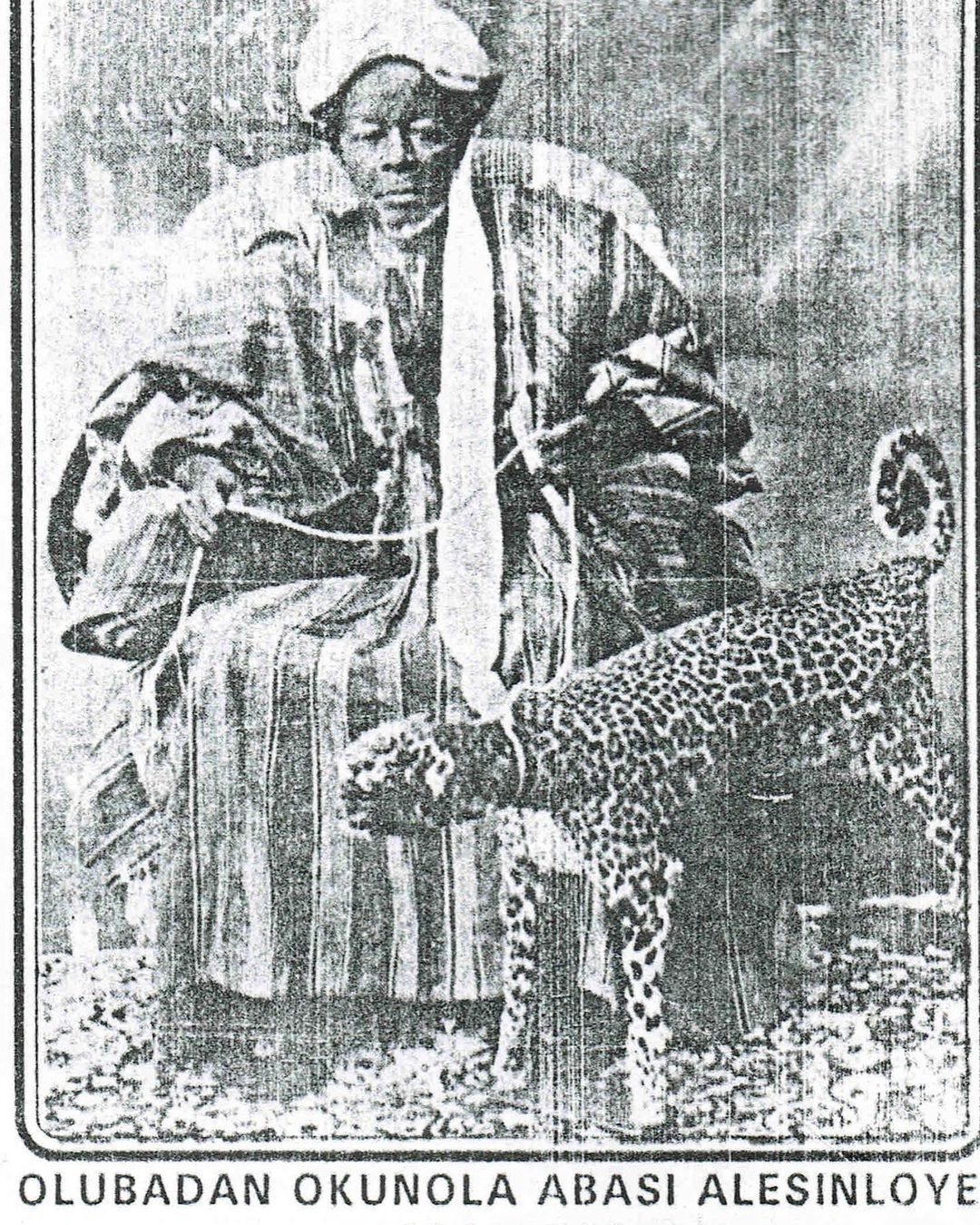The British government approved Bale’s request for a title change, which was published in the gazette on July 9, 1936. After being BALE since 1930, Oba Aleshinloye became the first Olubadan when the title of BALE OF IBADANLAND was changed to OLUBADAN on July 9, 1936. Up to his passing in 1946, Oba Abass Aleshinloye—also known as Bale Elelubo—ruled as king. The royal title of the monarch of Ibadan territory in Nigeria is called Olubadan, which translates to “Lord of Ibadan.” This position is primarily symbolic today. A war ruler and a black smith established Ibadan in the sixteenth century, according to Oba Isaac Akinyele’s sketch history of the city (LAGELU)
During their battles with the Fulanis, an army of the Egba, Ijebu, Ife, and Oyo people captured the town around 1820. In 1829, following a battle between the winners, the Oyo took charge. By 1850, they had developed their unique system of succession, which differs greatly from that of other Yoruba kings in that it alternates between two lines: the Baale line (civic) and the Balogun Isoriki line (military), with both lines sharing power under the supervision of a traditional council. Grooming an Olubadan for the stool through chieftaincy promotion levels takes decades.
After concluding contracts with regional authorities like the Olubadan, the Royal Niger Company established itself as the region’s legitimate ruler in 1885 C.E., and the British government formally took control of Nigeria in 1900 as a “Protectorate.” In 1897, the British established the Ibadan Town Council and used the town’s historically influential chiefs to run it.
A 1901 law introduced by Governor Sir William MacGregor designated the Baale as the Council’s president, with the Resident serving only as an advisor as needed. (Until 1936, when Olubadan was revived, the Ibadan rulers were commonly referred to as Baale).

